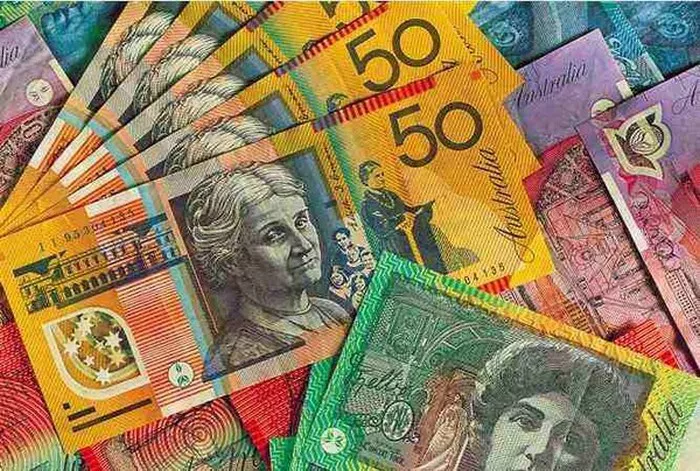Currency notes represent the identity and heritage of a nation, showcasing prominent figures who have shaped its history and culture. In the case of Australia, the banknotes feature a distinguished group of individuals whose contributions have played a significant role in shaping the country. This article aims to provide an in-depth exploration of the characters featured on the Australian dollar banknotes, delving into their achievements, significance, and the wider cultural context they represent.
1. The Five-Dollar Banknote:
The five-dollar banknote features Queen Elizabeth II, who has been the reigning monarch of the United Kingdom and other Commonwealth realms since 1952. As the symbolic head of state for Australia, her presence on the currency reflects the historical ties between the two nations and the enduring nature of the monarchy as a constitutional framework.
2. The Ten-Dollar Banknote:
On the ten-dollar banknote, we find Dame Mary Gilmore, one of Australia’s most renowned literary figures. A poet and journalist, Gilmore’s work focused on social issues, particularly the struggles of rural and working-class communities. Her inclusion represents the importance of literature and the arts in Australian society.
3. The Twenty-Dollar Banknote:
The twenty-dollar banknote features Reverend John Flynn, often referred to as “Flynn of the Inland.” Flynn was a Presbyterian minister and visionary who pioneered the Royal Flying Doctor Service. His tireless efforts in establishing a network of aerial medical services provided vital healthcare access to remote areas, making him a beloved figure in Australian history.
4. The Fifty-Dollar Banknote:
David Unaipon, an Aboriginal inventor, writer, and public speaker, graces the fifty-dollar banknote. Regarded as one of Australia’s greatest Indigenous figures, Unaipon made significant contributions to fields such as engineering and anthropology. As a staunch advocate for Indigenous rights and cultural preservation, his presence on the banknote represents the acknowledgment of Indigenous contributions to Australian society.
5. The One-Hundred Dollar Banknote:
The one-hundred dollar banknote features Sir John Monash, a renowned military leader and engineer. Monash played a crucial role in World War I as the commander of the Australian Imperial Force, displaying exceptional strategic vision and innovative tactics. His inclusion on the banknote acknowledges his invaluable contributions to Australia’s military history.
Conclusion:
The characters featured on the Australian dollar banknotes symbolize the diverse aspects of the nation’s rich heritage, encompassing literature, social justice, healthcare, Indigenous rights, and military achievements. These figures represent the values and aspirations that Australians hold dear. By highlighting their stories and accomplishments, the banknotes serve as reminders of the country’s past while inspiring present and future generations.
With each transaction, Australians are reminded of the influential individuals who have shaped their society, fostering a sense of national pride and appreciation for the collective journey. The ongoing evolution of the banknotes reflects the nation’s commitment to inclusivity, recognizing the contributions of women, Indigenous Australians, and other marginalized communities.
As time progresses, it is essential to periodically reassess and revisit the characters depicted on currency notes to ensure they reflect the evolving values and diversity of a nation. By celebrating these iconic figures, Australia demonstrates its commitment to preserving its cultural legacy and embracing the shared narrative that defines the nation today.


